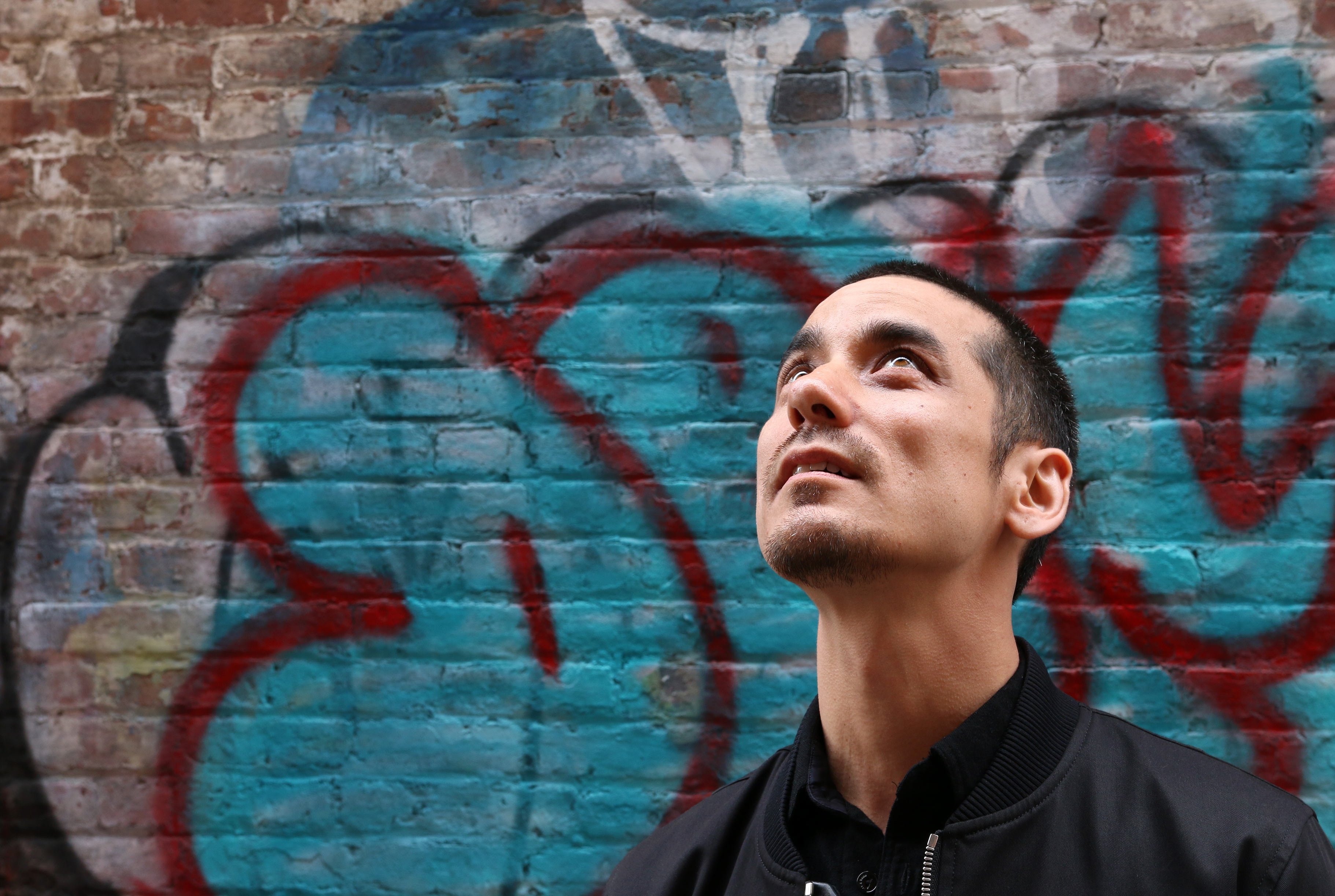BY FRANK J. OTERI
ON JUNE 1, 2018
Having a conversation with Andy Akiho is a lot like listening to his music; it’s a high-energy adventure bursting with ideas and full of all sorts of serendipitous synchronicities. The first of these synchronicities is that Andy lives on Monroe Street in Lower Manhattan, which is where we met up with him. This is the same street where John Cage lived when he wrote many of his important compositions for prepared piano and percussion ensembles, idioms that have played a significant role in Andy’s output since Cage is one of his heroes. And perhaps an even more extraordinary coincidence is that Cage wrote those pieces at the same age that Andy is now and that Andy only discovered all of this after he moved to Monroe Street.
Of course, while Andy’s earliest compositions were scored for percussion ensemble and one of his most significant pieces to date is the solo prepared piano tour-de-force Vicki/y, the instrument that has figured in Andy’s music more than any other is the steel drum. As it turns out, around the same time that Cage was creating his landmark prepared piano and percussion ensemble works in the late 1930s and early 1940s, musicians in Trinidad started incorporating struck pieces of metal into their ensembles, eventually tuning discarded industrial oil containers and thus was born the steel drum.
But again, Andy becoming obsessed with steel drums also happened somewhat by accident. He was initially attracted to hip-hop and rock—his older sister played in various bands—when he was growing up in South Carolina. But at college, also in South Carolina, he got exposed to an extremely broad range of approaches to percussion including bebop and West African drumming, and then a couple of his teachers introduced him to steel drums. After he graduated, he went down to Trinidad to immerse himself further and was hooked for life.
Andy eventually found himself in New York City arranging music for weddings in the Caribbean-American community for large ensembles of steel drums. But he wanted to expand his timbral palette and find a way to combine steel drums with other instruments. Another chance encounter, a conversation with his former classmate Baljinder Sekhon, convinced him to audition for the Bang on a Can Summer Residency Program and to apply to Manhattan School of Music to pursue a master’s degree. He was accepted to both and found some formidable mentors in David Cossin and Julia Wolfe, with whom he eventually also studied composition privately.
The rest, as they say, is history. Though not completely. Andy’s story is still being written. He is still trying out new ideas and is open to discovering other approaches. He’s eager to write more vocal music, as well as score a film. But he still usually begins almost every composition he writes—whether it’s a string quartet or a concerto for two ping pong players and orchestra—by tinkering around with ideas on the steel pan. But not always, as he explained:
I’ll do other things, too, like I’ll go to an instrument I can’t play, like a piano, and come up with material and then apply that to the pan. I try to do it all different ways. But I do want to say it’s not weird to me; it’s weirder to me to think about a guitar, even though that seems like it’s more linear. If I try to pick up a guitar and try to think of melody, or learn it, or understand where the notes for the chords are, I’m a mess. At the same time, I accidentally discover some things that I wouldn’t do on the pan because I’ve been playing it for so many years. You go to certain comfortable places. Taking yourself out of that comfort zone can bring new life to the vocabulary.
May 10, 2018 at 1:00 p.m. Andy Akiho in conversation with Frank J. Oteri Recorded in Akiho’s apartment in Two Bridges, Manhattan Video and photography by Molly Sheridan Transcription by Julia Lu


Replies